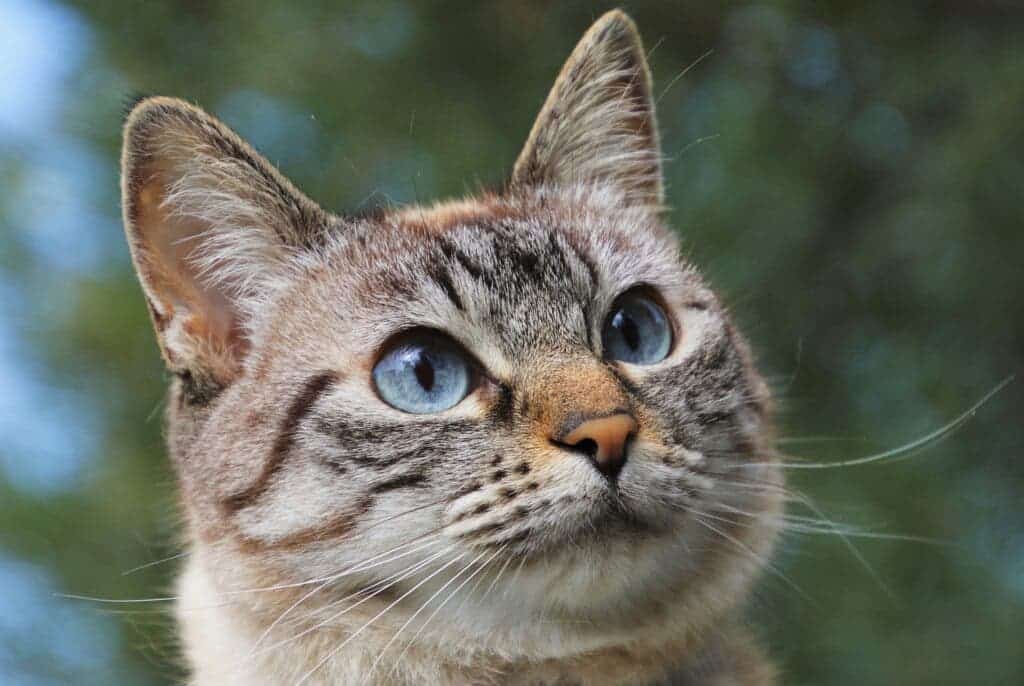
In the United States, as many as one in 10 people with allergies have an allergic reaction to cats, which is about twice as common as dog allergies. That’s unfortunate because cats can be fantastic pets. But in the future, it may be possible to breed genetically modified cats that are hypoallergenic, scientists say. Knocking out a single gene responsible for allergies typically associated with cats wouldn’t cause health problems to the house felines, they add.
Allergy-free cats
Most people believe that cat allergies are caused by their fur. That’s only partly true. The allergic reaction is actually caused by a protein produced by house cats called Fel d 1, which is found in their saliva and tears. These fluids end up in the fur due to their constant habit of washing themselves with their tongue.
The fact that Fel d 1 causes cat allergies isn’t news. In fact, it has been targeted before to help make cats less allergy-inducing. In 2020, for instance, Purina released a new line of cat food products that contain an egg-based protein that inhibits Fel d 1. According to research conducted by the company, levels of Fel d 1 dropped by 47% three weeks after cats were fed with the treated food.
Elsewhere, scientists have been working on a vaccine for cats that drastically reduces levels of this allergen.
There are also indications that early childhood exposure to cats may help prevent the later onset of asthma or other allergic diseases, but results from different studies have been conflicting so far.
The best way to deal with allergies though might be to eliminate the offensive protein altogether. Virginia-based biotech company InBio claims it’s possible to use the gene-editing tool CRISPR to breed cats that produce little to no Fel d 1.
CRISPR is a family of DNA sequences found in the genomes of some bacteria and archaea and can be used to edit parts of the genome of both plants and animals, eliminating some sequences and replacing them with more desirable ones. For this reason, the CRISPR gene-editing tool is sometimes called a “genetic scissor.” This approach can be used to treat diseases in humans or animals, but also for improving crops.
Writing in The CRISPR Journal, the authors described how they sequenced the genome of 50 domestic house cats, finding at least two genes that looked like they were involved in expressing Fel d 1. When the regions around the two genes were compared to those found in eight wild cat species, there was little overlap. This indicates to the researchers that the Fel d 1 gene is not essential and knocking it using CRISPR shouldn’t cause any health risks.
To test this hypothesis, the American researchers used CRISPR on cat cells in the lab. This showed that the gene responsible for Fel d 1 could be precisely removed without producing any off-target edits.
“Our data indicate that Fel d 1 is both a rational and viable candidate for gene deletion, which may profoundly benefit cat allergy sufferers by removing the major allergen at the source,” the authors wrote.
In the future, InBio would like to move things to the next level and try CRISPR on live cats. The idea is to breed genetically modified cats without Fel d 1 and perhaps genetically edit adults cat as well.






